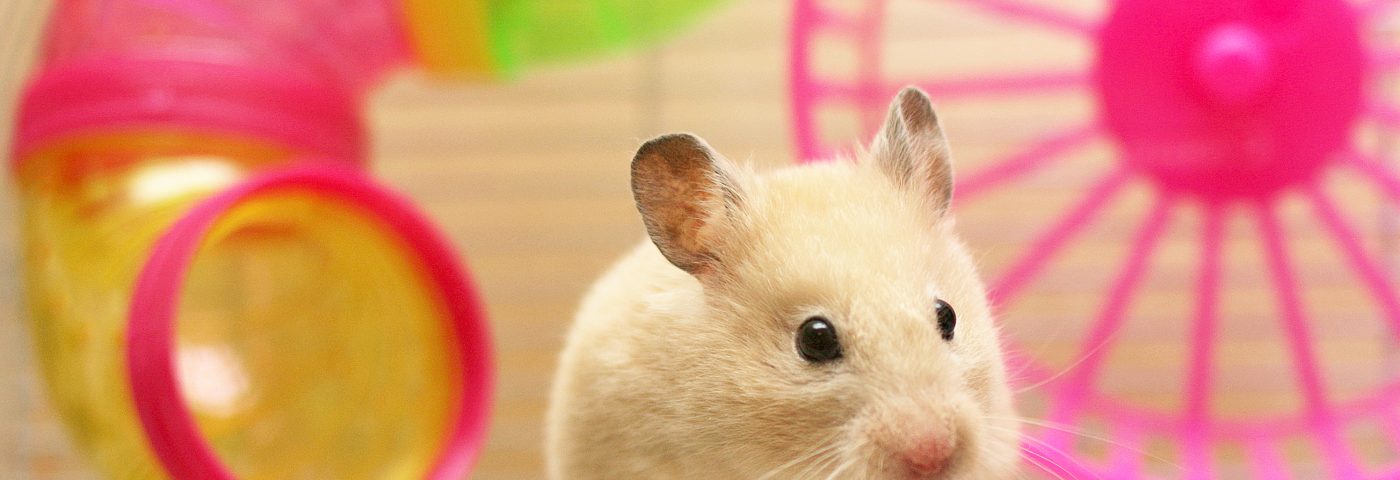It may be possible to boost the immune system simply by staying in a stimulating environment, according to a study that showed giving mice more toys and space for two weeks changed immune cell responses in a beneficial manner.
In addition to advancing research into the molecular workings underlying immune responses to environmental change, the study, “Impact of enriched environment on murine T cell differentiation and gene expression profile,” published in the journal Frontiers in Immunology, also may provide researchers with targets for the development of treatments for conditions such as rheumatoid arthritis and other autoimmune diseases.
While earlier studies suggest that the environment, including geographical location or even social status, are greatly impacting the development of autoimmune diseases, few studies have investigated how that could be possible.
Researchers at Queen Mary University of London decided to track the events that potentially could strengthen the immune system by studying mice in an enhanced environment. Half the mice in the study got to stay in larger cages, with plenty of toys, for two weeks; the other half stayed in a standard cage filled with sawdust and nesting material.
After two weeks, researchers first took a look at specific immune cells, called T-cells, in the animals. As is the case with many immune cells, T-cells can exist as numerous types, having either more pro-inflammatory or anti-inflammatory properties.
Surprisingly, the research team did not find any differences in the number of various T-cell types between the two groups. The cells, however, made less of the immune factor IFN-gamma, which is an early signal triggering the development of pro-inflammatory T-cells.
When there is no infection present, most T-cells in the thymus and lymph nodes — the origin and storage centers of these cells — are in a basic state, from which they can develop to the various types of T-cells present in the body. Such a development takes place when this basic type of T-cell encounters various types of immune molecules.
In order to test whether the cells would differ further down the development line, researchers grew the T-cells in the lab under conditions pushing them to become inflammatory Th1-type cells. When these cells became activated, they had a more protective inflammatory profile, releasing more of the immune factors IL-10 and IL-17, and less IFN-gamma. The change in the profile was linked to numerous alterations in the gene activity of T-cells.
“After only two weeks in an enriched environment with plenty of toys and space, the mice’s immune systems were completely different and seemed to be better prepared for fighting infections,” Fulvio D’Acquisto, Professor of Immunopharmacology at Queen Mary and the senior author of the study, said in a news release.
“This effect is remarkable because we haven’t given them any drugs, all we’ve done is change their housing conditions. You could say that we’ve just put them in their equivalent of a holiday resort for two weeks and let them enjoy their new and stimulating surroundings,” he added.
Although the researchers admit the study has a number of limitations, such as the fact they only looked at one type of immune cells and did not investigate the effects of the environment on mice modeling immune-related diseases, such as rheumatoid arthritis, they contend the study is the first step toward understanding more about how the environment affects the immune system.
The team now plans to examine how the environment impacts other types of immune cells.
“Although this clearly still needs to be tested in humans, it raises an interesting possibility. What if doctors were able to change a patient’s environment and prescribe a two week holiday? Or perhaps we could boost the effects of standard drug treatments that deal with the mechanics of infection, by also offering something environmental that improves a patient’s more general wellbeing. That might be a promising approach for treating chronic diseases,” said D’Acquisto.


